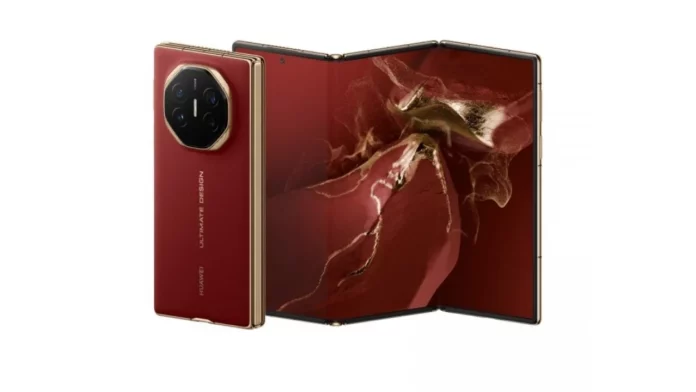As Huawei introduces its new tri-fold device, Samsung is ramping up efforts in the development of rollable displays. The competition in the foldable and flexible display market is heating up, with both companies pushing the boundaries of what’s possible in mobile technology.
Huawei’s tri-fold concept represents a significant leap in foldable devices, offering a larger display that can be folded in three sections. This design allows for a more compact form when folded, while expanding into a tablet-sized screen when opened, providing users with a versatile and immersive viewing experience. The tri-fold design aims to cater to users who need both portability and a large screen for productivity or entertainment on the go.
In response, Samsung is accelerating its work on rollable displays—a different approach to flexible screen technology. Rollable devices can extend the display by unrolling a hidden portion of the screen, transforming a smaller phone into a larger tablet-like device. This innovative design eliminates the need for folds and creases, a common challenge with foldable devices, offering a smoother and more seamless display experience.
Both companies are positioning themselves to lead the next generation of flexible smartphones. Huawei’s tri-fold device, with its unique form factor, is geared towards users seeking maximum screen real estate, while Samsung’s rollable devices focus on a more fluid and adaptable experience. As these technologies continue to evolve, consumers can expect more options in the flexible device market, making mobile computing more versatile than ever.

